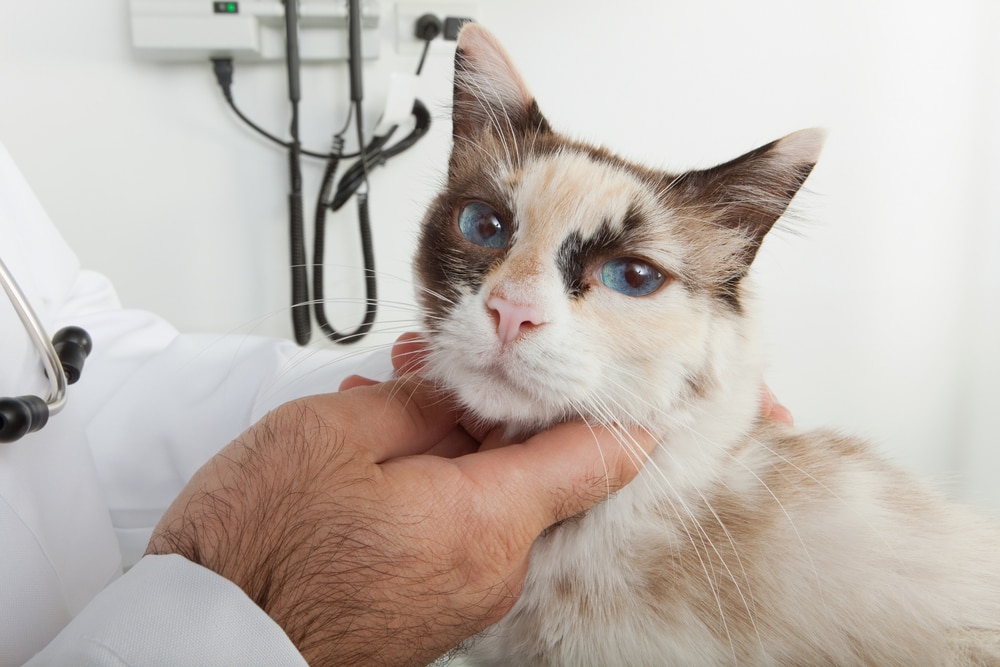neoplasia in cats nose
Kittens and cats in shelter and boarding situations are more susceptible to contracting acute viral rhinitis. In cats more than 90 of nasal tumors are cancerous malignant.

Diseases Of The Feline Nasal Planum Vet Focus
Tumors of the nose and paranasal sinuses account for 12 of all canine or feline tumors.

. In cats there is an indication that inflammation of the mucous membrane lining the nose or one of the paranasal sinuses may be the trigger that leads to a growth in the nasal cavity. Metastatic neoplasia commonly referred to as mets is cancer that has spread from its original site to other sites in the body. Squamous cell carcinoma is the thirst most common type of skin tumor of cats following basal cell tumors and mast cell tumors.
Squamous cell carcinomas usually develop. In dogs the most common nasal tumor is nasal. These signs can include nose.
Cats with neoplasia were older 3 - 15 median 11 years and showed clinical signs for a shorter period of time 1 - 8 median 2 months than cats with ICRS age 1 - 13 median 75 years. A nasal tumor is a type of cancer that results from the disorganized uncontrolled production of cells that line the nasal airway. Incidence is also higher in males of both species than in.
Etiologic factors include exposure to smoke indoor kerosene or coal combustion and flea. Neoplasia may also develop inside the nose of both cats. Galloway P E Kyles A Henderson J P 1997 Nasal polyps in a cat.
Théon A P Peaston A E Madewell B R et al 1994 Irradiation of. JSAP 38 2 78-80 PubMed. Older cats might develop the.
The symptoms of nasosinal tumors can overlap with those of other causes of nasal disease. Nonocular melanocytic neoplasms are often considered rare neoplasms in cats reported to account for less than 1 of all feline oral neoplasms and approximately 05 of. The lungs and local lymph nodes are common.
Radiographic signs in 64 cats that had radiography as part of the diagnostic work-up for suspected nasal disease were reviewed in a blinded fashion. The incidence in dogs is twice that in cats. The viruses that cause rhinitis are highly contagious.
If it stays up like a tent then your pup is dehydrated. Bleeding discharge difficulty breathing sneezing. Tumors of nasal cavity represent approximately 1 of all tumors in dogs and less common in cats.
Final diagnoses in these cats.
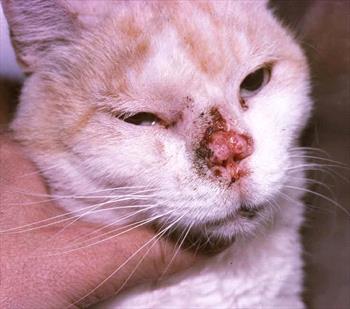
Nasal Squamous Cell Carcinoma In Cats Veterinary Partner Vin

Cat 7 Squamous Cell Carcinoma On Nose Stage T4 Two Sessions Of Download Scientific Diagram
My Cat Has Nose Cancer Diagnosed 5 Years Ago Does It Hurt R Cats

Facial Distortion And Epiphora In A Cat With A High Grade Large B Cell Download Scientific Diagram
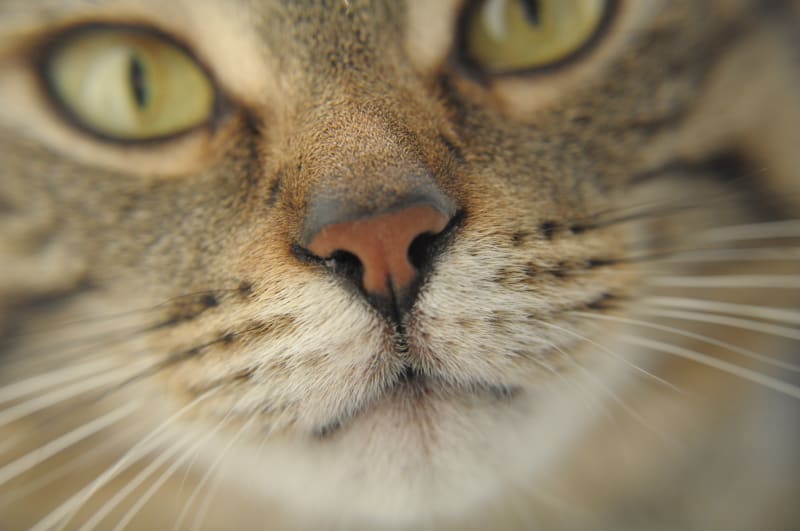
How Do I Know If My Cat Has A Nasal Tumor Long Island Vets
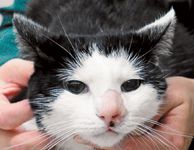
Canine And Feline Nasal Tumors

Cat 6 Squamous Cell Carcinoma On Nose Stage T2 One Ect Session Download Scientific Diagram
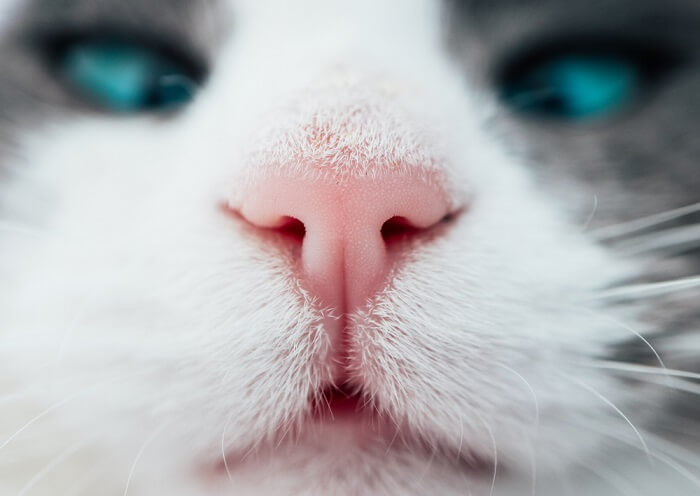
Nose Cancer In Cats Causes Symptoms Treatment All About Cats

Learn About Nasal Cancer In Cats Petcure Oncology
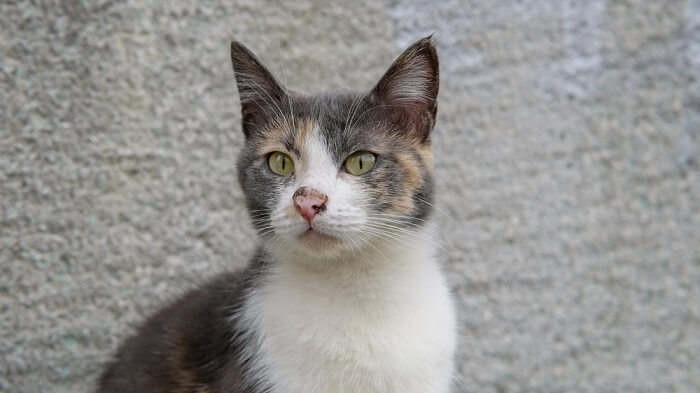
Nose Cancer In Cats Causes Symptoms Treatment All About Cats
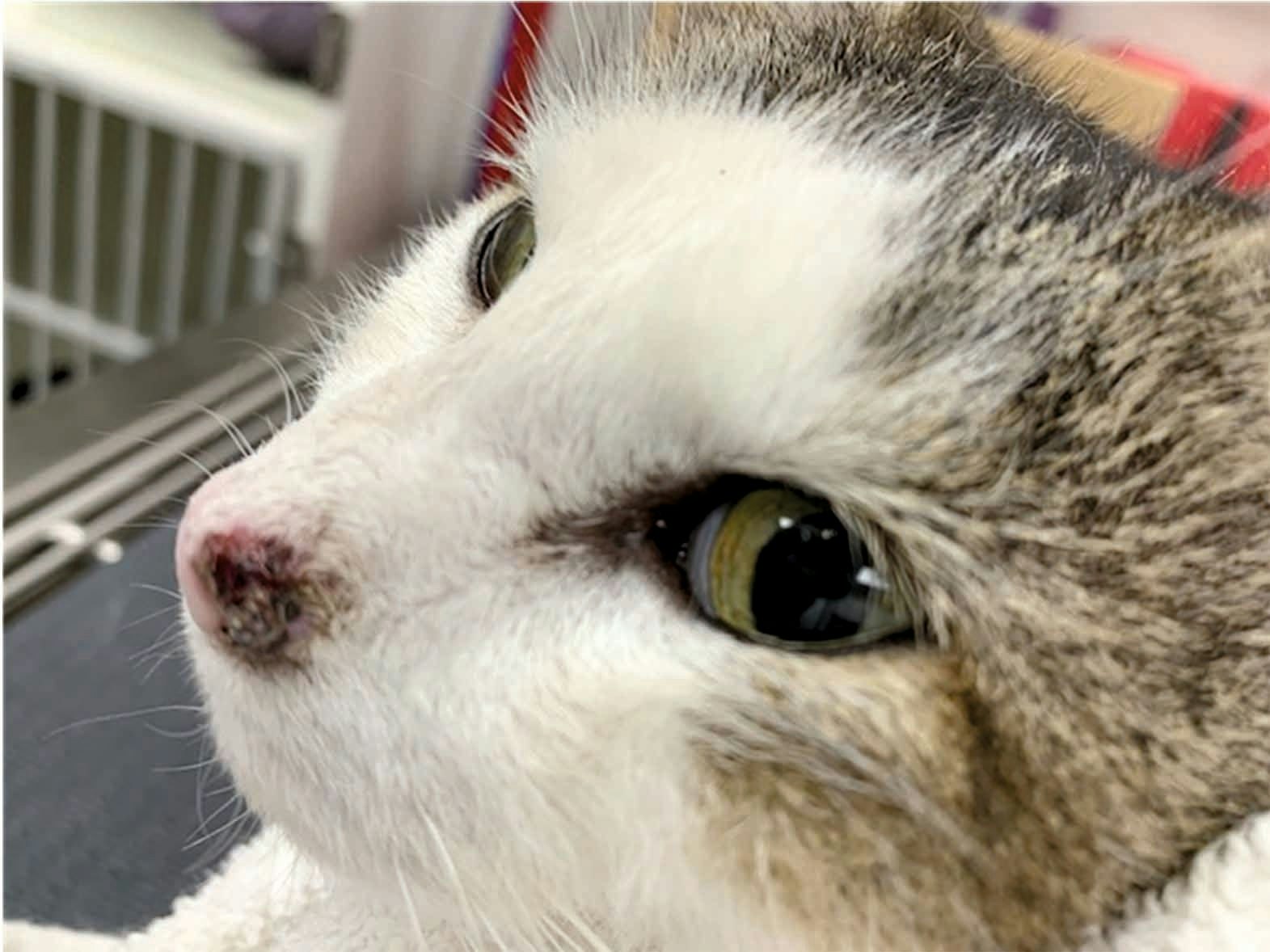
Diseases Of The Feline Nasal Planum Vet Focus

Canine And Feline Nasal Tumors

Nasal Squamous Cell Carcinoma In A Cat Treated With One Session Of Download Scientific Diagram
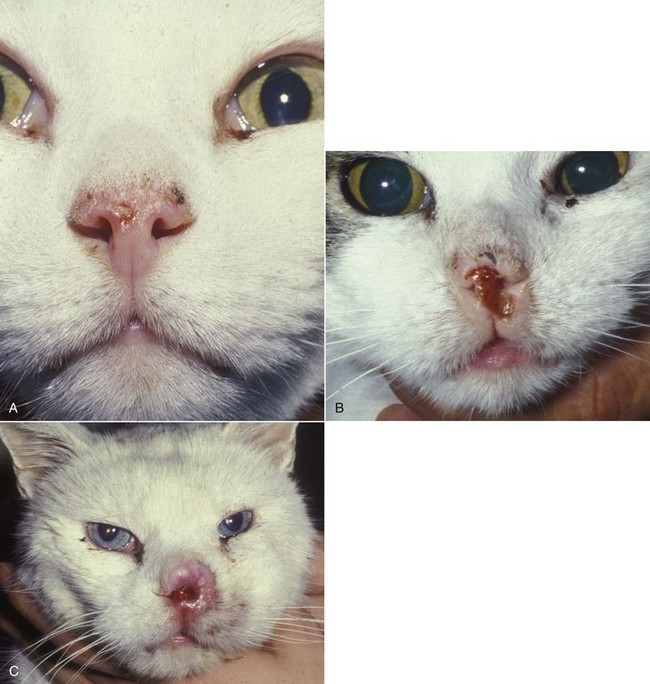
Tumors Of The Respiratory System Veterian Key
Surgical Treatment Of Squamous Cell Carcinoma Of The Nasal Planum In Cats Hellenic Journal Of Companion Animal Medicine
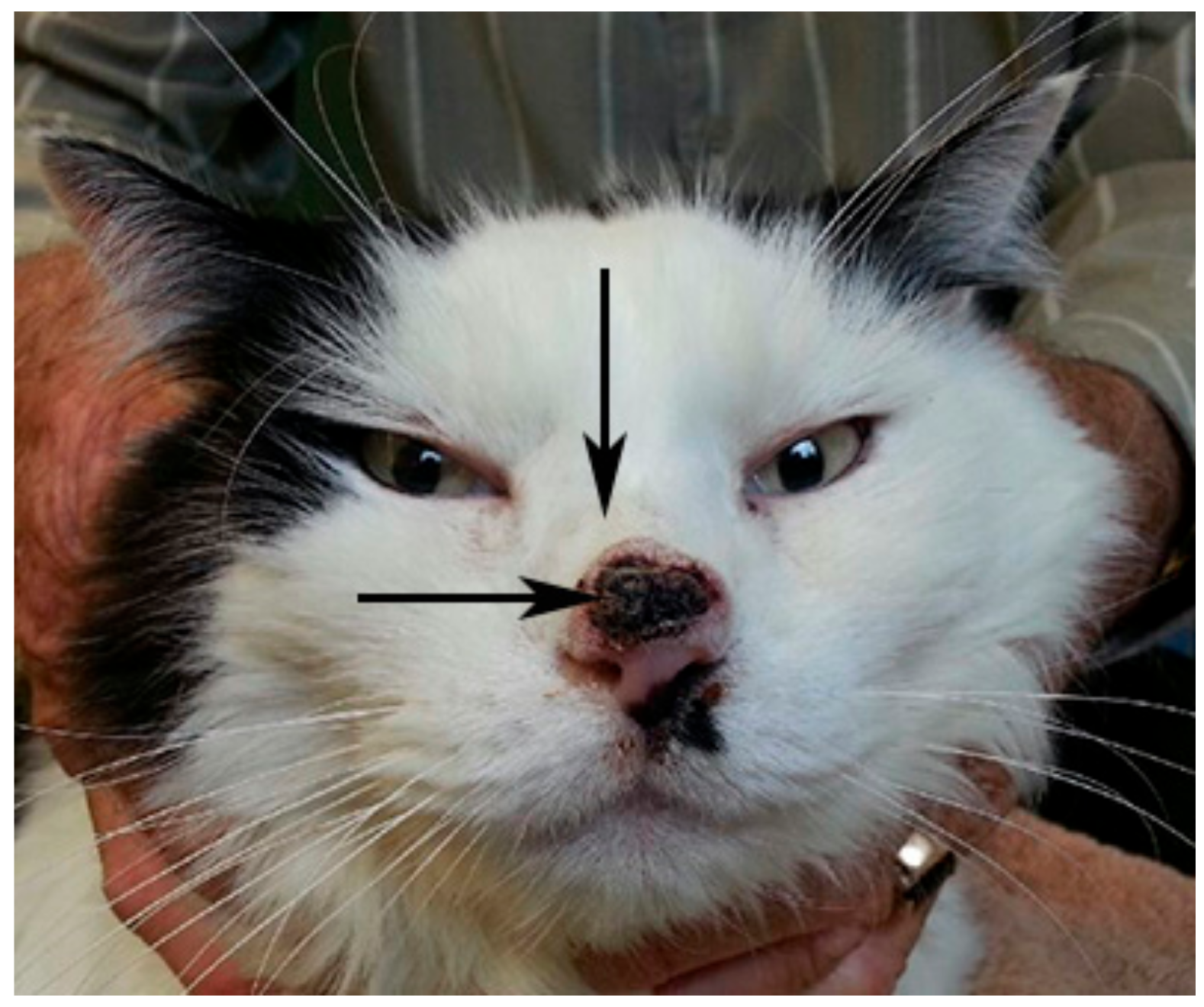
Viruses Free Full Text Identification Of A Novel Papillomavirus Associated With Squamous Cell Carcinoma In A Domestic Cat Html

Nasal Squamous Cell Carcinoma In Cats Veterinary Partner Vin
